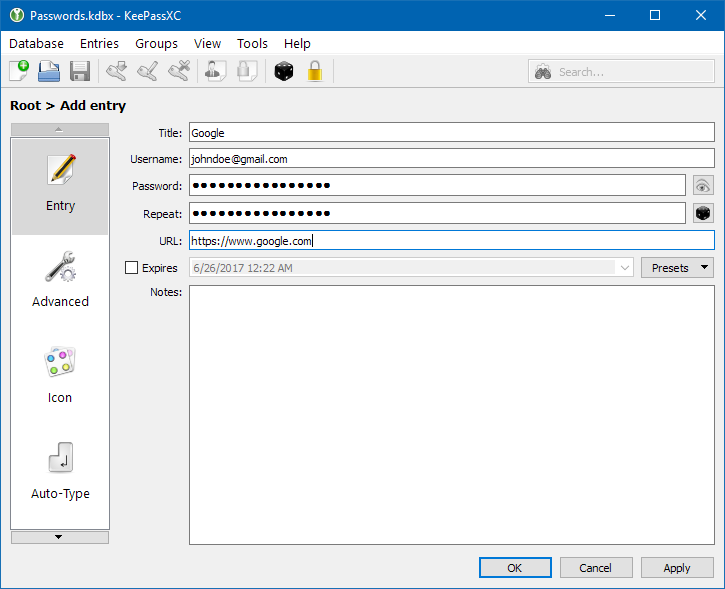
I can only document the latest version of the format (KDBX 4.1), though I’ll try to highlight changes wherever I’m aware of them.

Let’s hope this documentation helps whoever else needs to work with that file format, and studying source code will no longer be required. For that, I looked at the source code of KeePass, KeePassXC, keepass-rs Rust library and the kxdbweb JavaScript library. I’ll try to explain the format and the subtle details here. They all probably manage to handle common files in the same way, but each of them has subtle differences when handling underdocumented format features. With the starting point not being documented, these are only moderately useful.Īnd so it’s not surprising that the implementations I looked at aren’t actually implementing the same file format. All you get is a semi-intelligible list of changes from KDBX 3.1 to KDBX 4 and from KDBX 4 to KDBX 4.1. The KeePass developers themselves never bothered providing complete documentation. At best, you can find outdated and incomplete descriptions by random people.
6098ec30c90c6.png)
One aspect was rather surprising: given how many open source products use this format, it is remarkably underdocumented. I’ve been playing around with KeePass databases.


 0 kommentar(er)
0 kommentar(er)
